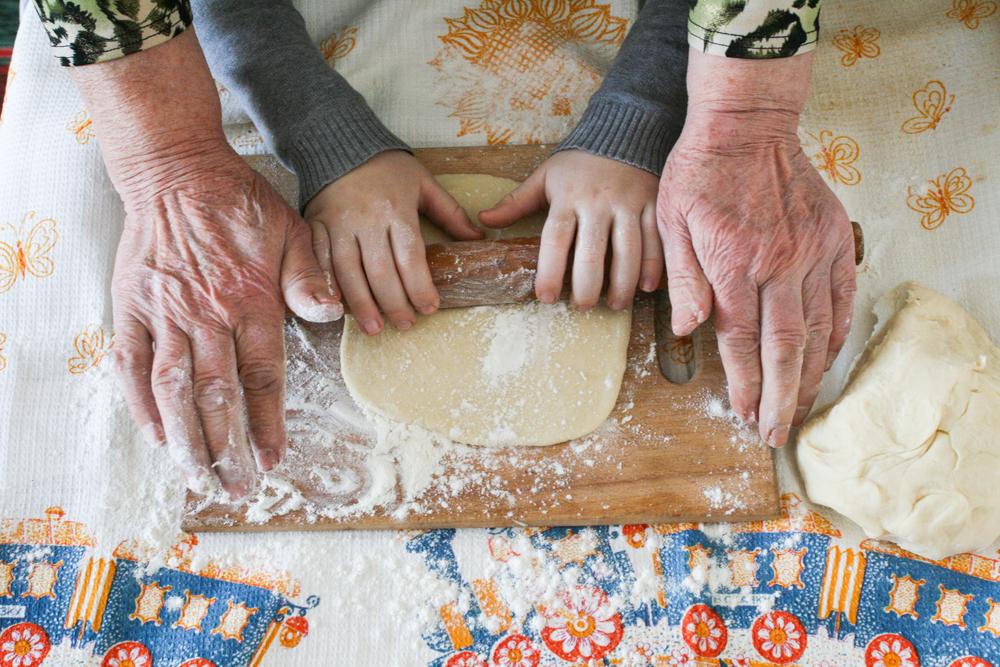It all started with meatballs. Impossibly light, delicate meatballs poached until sublime in brodo di mamma, the rich tomato sauce made by the Italian mamma of Anna Francese Gass, Connecticut-based chef, recipe tester, and author of the new cookbook “Heirloom Kitchen: Heritage Recipes and Family Stories From Immigrant Women.” It’s one of 100 recipes in this treasure of a collection of global comfort foods, repatriated by home cooks from countries as far afield as Ukraine, the Dominican Republic, and the Philippines, to the United States.
“Anyone who has Gina’s meatballs is obsessed,” said Gass, as if they needed vouching for. Gass was raised on these elegant yet nourishing polpette, which have an unusual infusion of brodo—sauce mixed into the meatball mixture for extra flavor and texture. The family recipe traveled with her mom from Calabria all the way to her new home in Westerly, Rhode Island, in 1981—not on a recipe card, but in Gina’s head, heart, and muscle memory.


